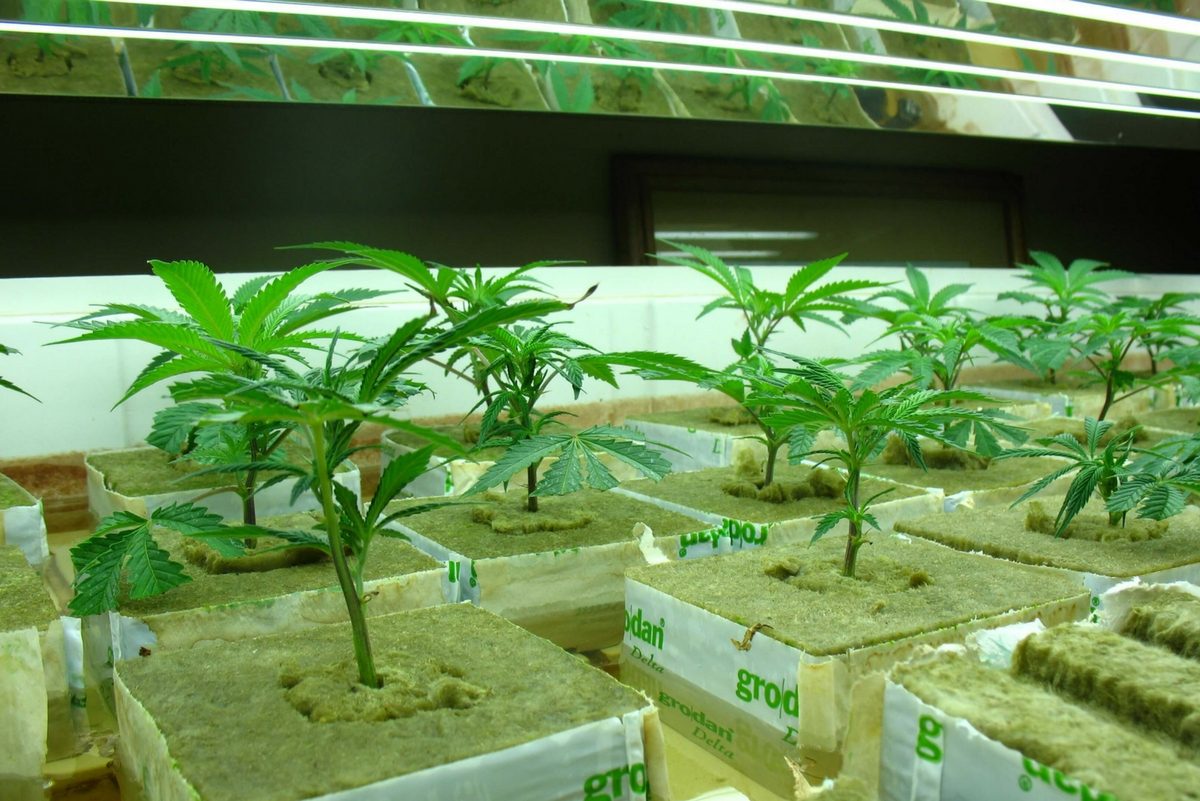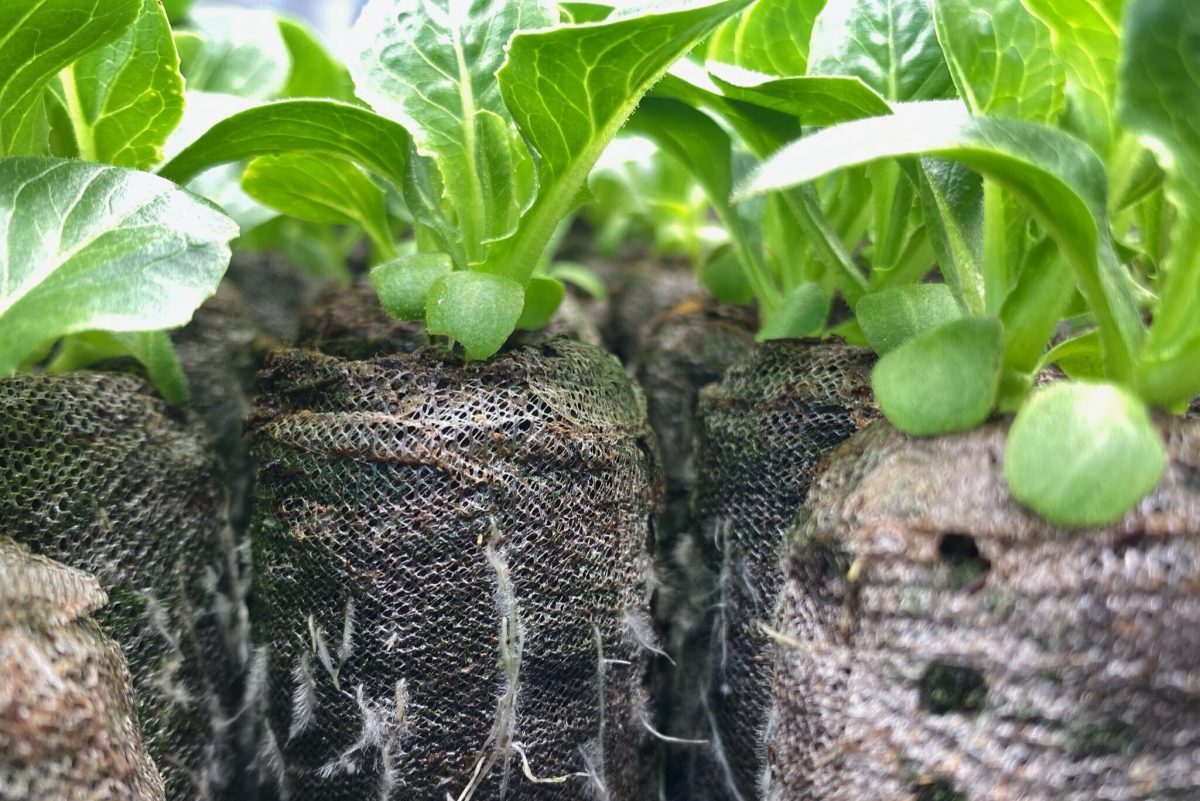Plants grow in water on a hydroponic farm compared to traditional farming, where plants grow on soil. However, because hydroponic farmers do not have access to traditional soil as a growth medium, they might become perplexed as to which growing medium is appropriate for their operations.
Coconut coir, mineral wool, and peat are the most popular media alternatives. We will go through these and other points farther down.
1. Coco Coir
Coconut coir is a fibrous husk byproduct of the coconut industry. It is also known as coco peat or ultrapeat and is completely eco-friendly and sustainable.
It is a completely organic substance that is very inert and retains a lot of water. Because it can contain too much water if used alone, many gardeners mix it in a 50/50 ratio with alternative media such as clay pellets.
However, this material does not drain well and should not be used with other media. Growers also need to replace it after several uses.
2. Perlite
This is a common hydroponic growing media that is made from volcanic glass. This material is an excellent choice when you want to grow long-term crops. It occurs naturally and is lightweight, cheap, and well aerated.
A downside of this material is that it is too lightweight, and this means that it can be washed away when used in some hydroponic systems. It may also produce dust that may be harmful to inhale.

3. Rockwool
While Rockwool may sound like a rigid, scratchy material, it is really excellent material for hydroponic cultivation. The material is made by smelting rock and twisting it into fibers, similar to how fiberglass is made. These Rockwool fibers are then compressed into blocks of various sizes, which are frequently used for seeding hydroponic vegetables.
Despite the fact that plants appear to enjoy it, the medium has some severe downsides. It never degrades, making it nearly hard to dispose of.
It is also not a particularly eco-friendly medium to make. Rockwool cubes frequently have a very high pH and must be soaked before use. Furthermore, the dust from the fibers might irritate your eyes and respiratory.
4. Peat Moss
For ages, peat moss has been used in agriculture, particularly for wrapping plants and compost. It is a decomposing fibrous substance found in wetlands, which are usually chilly and moist. This naturally occurring substance is now used as a growth medium by many hydroponic gardeners.
Peat moss, often known as Jiffy Plugs, is excellent plant nutrition and water retention material. It often provides several years of use from a single plug, so you will not have to replace it as frequently as other alternatives.
And, unlike organic manure, you will not have to bother about weeds or germs lurking in it. Yet, because it is not a renewable material and takes thousands of years to develop, it is not the most sustainable alternative. It is also acidic and on the expensive side.

